– Switch to page 2 for the Italian version –
David Selander is a Swedish artist based in Stockholm; he teaches at the KTH School of Architecture and has recently sold three works to Gothenburg Museum of Art. Selander, amongst other venues, has exhibited his work in Collectible Brussels 2022 and Liljevalchs Vårsalong 2023 in Stockholm. His practice involves the study of recent advancements in AI, which has provided a medium where it is possible now to paint with photos that turn to be the color. Using these softwares as a medium, Selander’s practice is centered around gradually uncovering a new type of image.
The artist is interested in the distinct properties of AI and how it can be achieved using new expressions. As part of a provocation against those who are pessimistic about the creative potential of AI, Selander has developed his own practice, connecting it with both abstract painting and photography.

As he says “recent advancements in AI means we can now paint with photos. When you can paint with photos, you should not remake photos. What can I achieve now that photos have become a color we can paint with? I want to answer this question by going beyond both photography and abstract painting. I want to create a new image. I paint digital compositions that are translated into landscapes with AI software.”
The result has been a massive production of over 30,000 images realized with various tools and techniques; an archive in process which has slowly matched the artist’s intentions. What is interesting about the practice is, that thanks to AI, it seems to be the perfect union of painting and photography; two great frenemies since the development of photography. In summary, we could say that Selander explores abstract painting as a brushstroke, directed by the painter to create landscapes.
The influence of abstract artists such as Rothko and Kelly has been fundamental to the development of his practice: they laid the foundation already a century ago. Without a doubt, the decomposition of the image has inspired the artist. We process our surroundings and form ideas of things, like mountains. We do not see the mountain itself but our own image of it. We become familiar with nature so that we do not have to experience it for the first time every time. With these works, our categorization of nature is put into question.

He says, “Children believe that stars are star shaped. I think they are onto something. Must mountains be mountain-shaped? I want to evoke a perception of reality where it is bent into a shape you can interpret. It is like looking at the sky with a friend of yours and your friend points at a cloud you have already seen and says “goat”. You see something you did not see before. I want to turn elements of our natural environment into clouds. With clouds we creatively transform reality into new objects.”

Another important aspect of Selander’s landscapes is how they drown nature in the abstract. Because of the geometry of the landscapes, associations which are unwarranted for nature, spring to mind. Yet, the abstractness is only partial because their appearance leans towards photography. Each person will bring something of their own to them. “Nature has her own language, which we speak with our eyes. I am misspelling her words.”
As for the future, David wants to work in larger dimensions, in order to completely absorb the sight of the viewer. His intention is to bring the landscape closer to its natural scale, challenging viewers just like the first provocation that serves as a start for him to realize these pictures. Thanks to the AI softwares, he will be experimenting with new techniques to produce images that further elaborate these strange new worlds.












